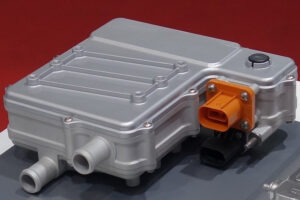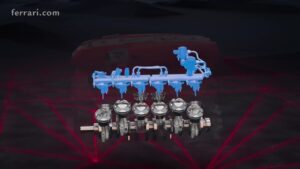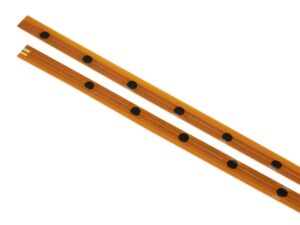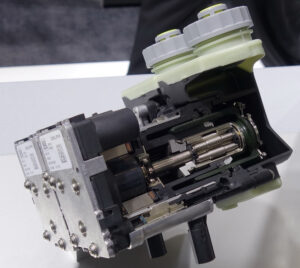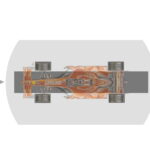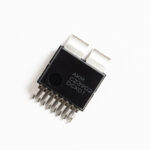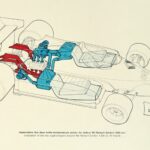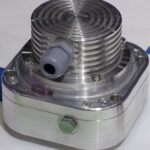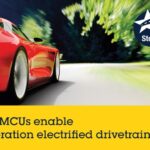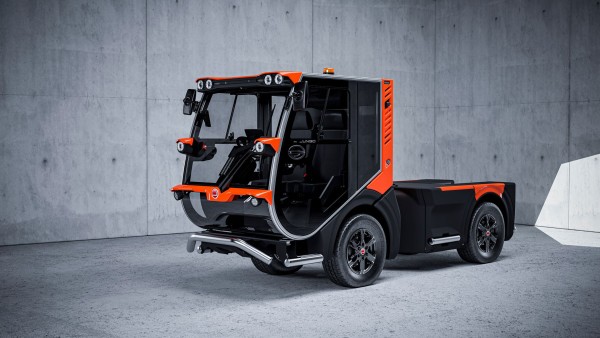
One of the first companies to be launching a multifunction vehicle comprising Schaeffler wheel hub motor technology onto the market this year is Jungo. Jungo and Schaeffler have been partnering to tailor the drive technology to the specific everyday requirements of commercial street sweeping.

Schaeffler’s wheel hub motors have a broad range of inner-city mobile machinery applications, including street sweeping, snow clearing, and waste collection. This new drive technology opens up a new and steadily growing market for Schaeffler. The company aims to see its wheel hub motors used in more and more utility and service vehicles in towns and cities, on factory campuses, and at logistics centers, ports, airports, and large parking facilities. These types of vehicles tend to be operated on set routes, so they are a good fit for the fixed ranges and predictable charging times of electric drives. Another key benefit for vehicle operators is that the wheel hub motors have long-life, low-maintenance wheel bearings and gearboxes.
Schaeffler’s fully electric wheel hub motors have a unique architecture in which the electric motor (stator and rotor), gearbox, and mechanical friction brake are arranged around the wheel bearing inside the rim. This compact design envelope frees up space elsewhere in the vehicle – for the battery or cargo stowage, for example. It also gives vehicle manufacturers greater design freedom, allowing them to develop a wide range of mobility formats, including rolling chassis solutions.
The wheel hub motor, including the gearbox, is very compact, fitting inside a 14-inch rim. The inverter, on the other hand, is not integrated, and can be accommodated anywhere in the vehicle. A single inverter controls one or two wheel hub motors, depending on the use scenario. The motor’s power output is scalable, depending on the application, ranging from 7 kW to 26 kW (nominal) and peaking at 60 kW for short bursts. The torque generated by the electric motor is transmitted via the gearbox directly to the wheel. This direct transmission reduces energy loss, making the drive highly efficient. Another key benefit is that torque and direction of rotation are controlled individually for each wheel, resulting in an all-wheel drive vehicle that can handle hills with consummate ease, even in winter road conditions. Schaeffler currently develops wheel hub motors for 48 V and 400 V applications and is exploring the possibility of higher voltages.


